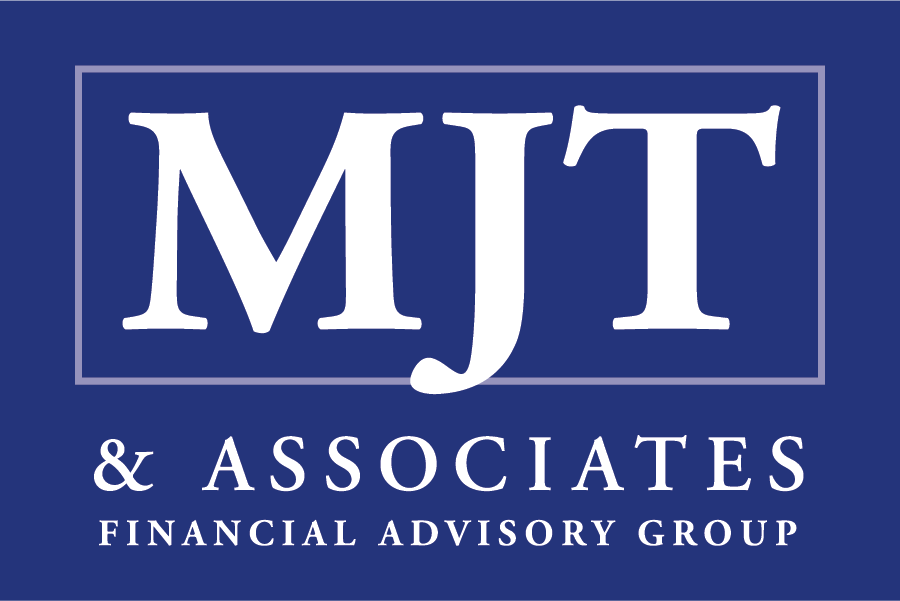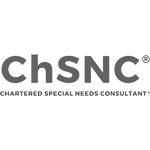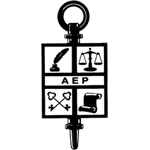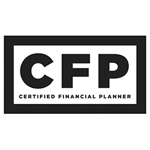As retirement approaches, the focus shifts from accumulation to distribution—and so does the importance of managing your tax liability.
One of the most powerful tools available for high earners and pre-retirees is the Roth conversion strategy. But while the allure of tax-free retirement income is real, timing and structure are critical. Done incorrectly, a Roth conversion can generate unnecessary tax and reduce long-term gains.
At MJT & Associates, we work with individuals and business owners to determine when converting an IRA to Roth makes sense as part of a comprehensive retirement income plan.
Here’s what you need to know.
What Is a Roth Conversion?
A Roth conversion is the process of moving funds from a traditional IRA (or qualified retirement plan) into a Roth IRA.
When you convert, you pay ordinary income tax on the amount moved—but once in the Roth, your investments grow tax-free, and qualified withdrawals are also tax-free.
This can significantly reduce your future tax burden, especially if you're expecting to be in a higher bracket in retirement or want to leave a tax-efficient legacy to heirs.
Why a Roth Conversion Is Appealing
For many high earners and pre-retirees, Roth conversions provide:
- Tax-free income in retirement, which can lower the tax on Social Security and Medicare premiums
- No required minimum distributions (RMDs), unlike traditional IRAs
- Estate planning benefits, especially if leaving assets to younger beneficiaries
- Control over future tax exposure—particularly important if you expect rates to rise
In How to Navigate Retirement Planning Amid Economic Uncertainty, we explored how inflation, rising taxes, and policy changes impact long-term planning. Roth strategies are a proactive way to address those risks.

When a Roth Conversion Makes Sense
Timing is everything. A Roth conversion is most effective when:
1. You’re in a Lower Tax Bracket Now Than You Will Be Later
If your income is temporarily reduced—due to retirement, business transition, or gap years before Social Security—those “lower-income” years create a window to convert at a favorable rate.
This is particularly relevant for business owners who have recently sold their business or exited operations. See The Entrepreneur’s Exit Plan for how to structure your exit in a tax-advantaged way.
2. You Don’t Need the Converted Funds Right Away
Since the goal is long-term tax-free growth, the longer your converted Roth funds stay invested, the better. Ideally, you won’t touch the Roth IRA for at least 5 years after conversion.
3. You’re Managing Legacy and Estate Goals
Roth IRAs allow heirs to receive tax-free distributions, which can be a key tool in multigenerational planning. Learn more about this in The Legacy Planning Checklist: 7 Documents You Can’t Ignore.
When You Should Be Cautious
A Roth conversion isn’t always beneficial. You should proceed carefully if:
- You’re in a high tax bracket now and the conversion would push you higher
- You don’t have cash available to pay the tax from outside the IRA
- You need the funds in the near term, limiting the time they can grow
- You’re approaching Medicare eligibility, and the added income would increase your IRMAA (Medicare premium surcharges)
If you’re navigating multiple goals—retirement, business exit, post-divorce planning—consulting a holistic financial planner is crucial. We explore this approach in The Benefits of a Holistic Financial Planner.
How to Structure a Roth Conversion Strategy
Partial Conversions Over Time
Rather than converting a large IRA balance all at once (and triggering a massive tax bill), many people benefit from gradual conversions over several years. This allows you to fill up lower tax brackets incrementally.
Coordinate with Other Income
If you’re drawing Social Security, selling assets, or receiving deferred compensation, you'll want to coordinate carefully to avoid higher tax tiers.
Model Future Scenarios
A comprehensive Roth conversion plan should include:
- Tax projection software
- Retirement income modeling
- RMD analysis
- Medicare impact planning
It’s not just about converting—it’s about converting intelligently.
Frequently Asked Questions
Q1: Is there an income limit for doing a Roth conversion?
No. While there are income limits for contributions to a Roth IRA, there are no income limits for Roth conversions. High-income earners can use this strategy even if they're not eligible to contribute directly.
Q2: Should I wait until the end of the year to do a conversion?
Not necessarily. Earlier conversions allow more time for tax-free growth, but you’ll want to coordinate with your tax professional to understand your full-year income picture first.
Q3: Can I undo a Roth conversion?
No. The IRS eliminated the “recharacterization” option in 2018. Once you convert, it’s permanent—so planning is essential.
Conclusion
A Roth conversion can be one of the most effective strategies for creating tax-free retirement income, especially if you plan ahead and tailor it to your specific situation.
But it’s not one-size-fits-all. The right Roth conversion strategy takes into account your current tax bracket, future income needs, legacy goals, and broader retirement plan. At MJT & Associates, we help you model and execute this strategy with precision, as part of an integrated retirement and tax plan.
Let’s determine if a Roth conversion is right for you—on your terms, and on your timeline.











